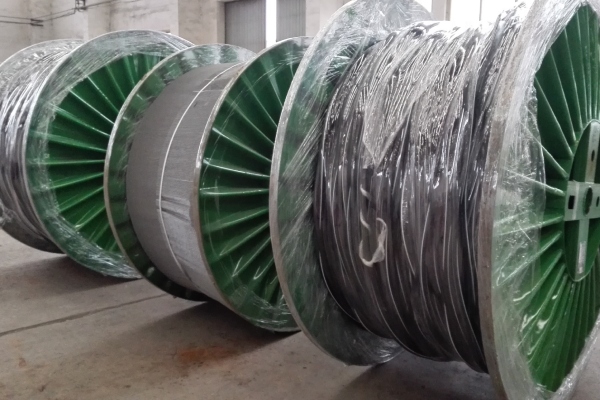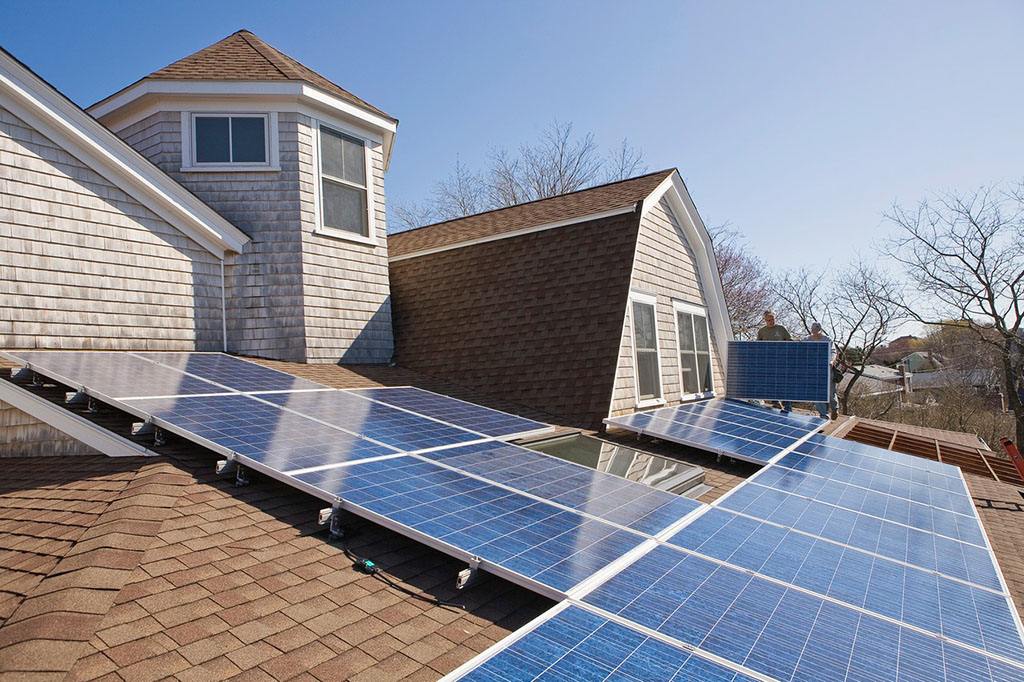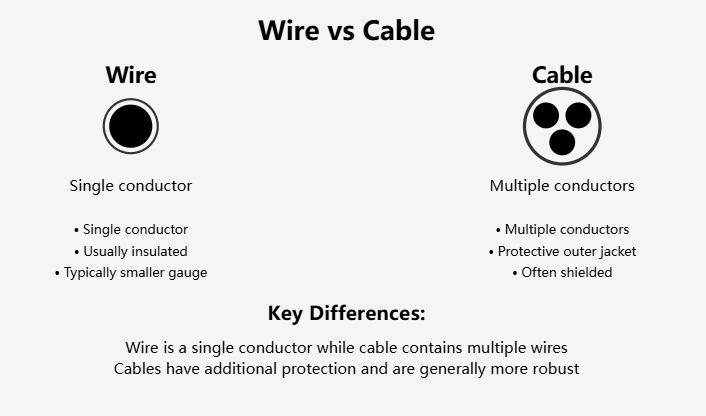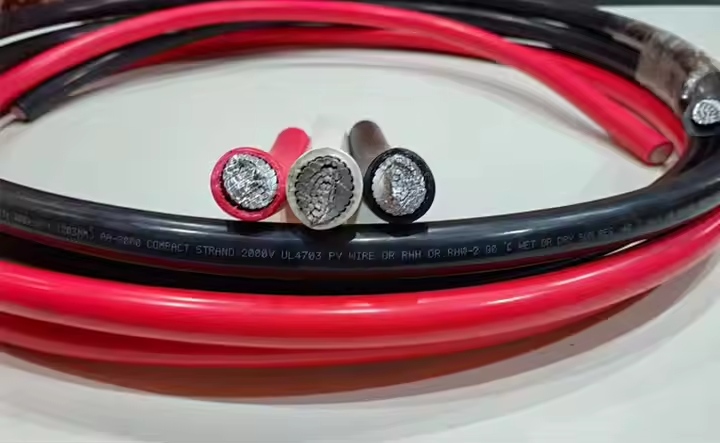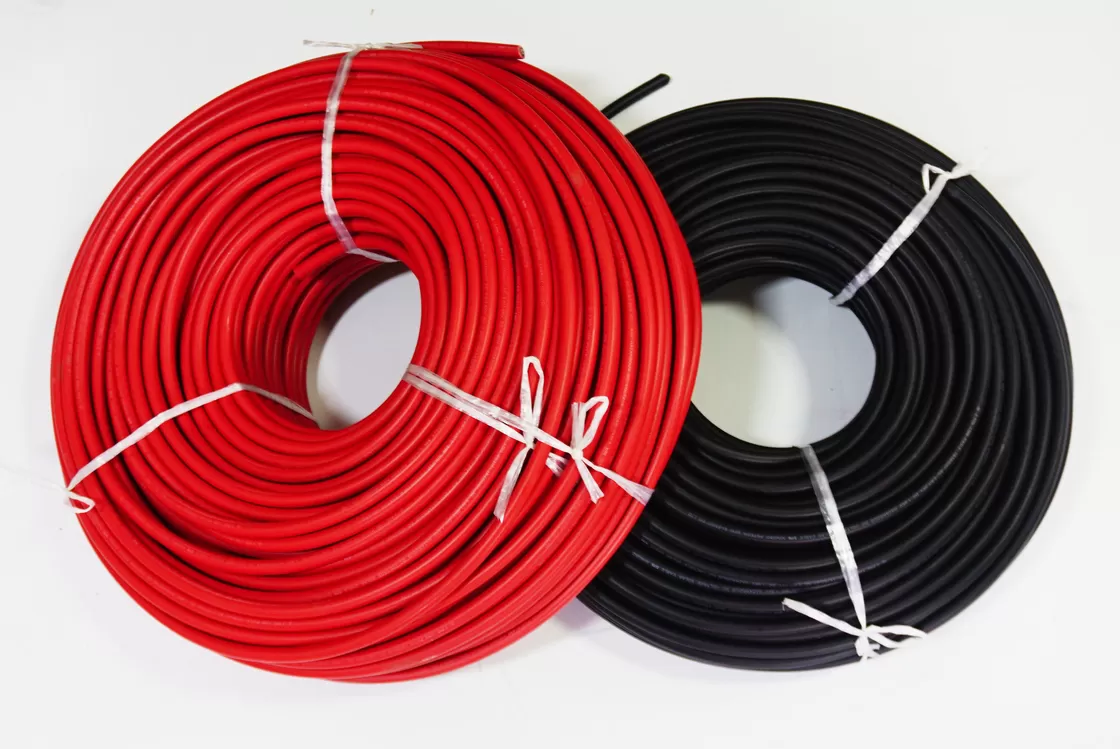The rapid growth of solar energy as a sustainable power source has brought photovoltaic (PV) systems into the spotlight. Central to the efficiency and reliability of these systems are the cables that connect solar panels, inverters, and other components. Among the critical decisions in PV system design is the choice between single-core and multi-core PV cables. This article delves into the distinctions between single-core and multi-core photovoltaic cables, exploring their construction, applications, advantages, disadvantages, and performance in real-world scenarios. By incorporating recent insights from reputable sources—such as studies from educational institutions, government publications, and industry organizations—this analysis aims to provide a thorough understanding of these cable types. Whether you’re an installer, engineer, or solar enthusiast, this 3500-word guide will equip you with the knowledge to make informed decisions for your PV projects, optimized for both performance and Google search visibility.
Understanding Photovoltaic Cables
Photovoltaic cables are specialized wires designed to withstand the unique demands of solar energy systems, including exposure to sunlight, temperature fluctuations, and high electrical loads. Unlike standard electrical cables, PV cables are engineered with materials like cross-linked polyolefin insulation to ensure durability over their 25+ year lifespan. The debate between single-core and multi-core PV cables centers on their conductor configuration—whether a single solid or stranded conductor (single-core) or multiple insulated conductors bundled within a single sheath (multi-core)—and how this impacts installation, efficiency, and cost.
The choice of cable type is not merely a technical footnote; it influences system safety, maintenance, and long-term performance. Recent studies and industry discussions, such as those found on platforms like Quora and Electrical Engineering Stack Exchange, highlight the growing interest in optimizing PV cable selection. With solar power adoption surging globally, understanding these options is more relevant than ever.
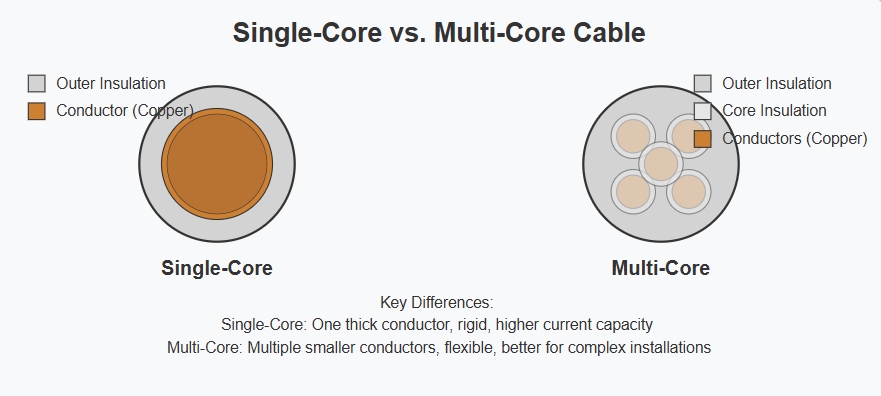
Single-Core PV Cables: Design and Characteristics
What Are Single-Core PV Cables?
A single-core PV cable consists of one conductor—either solid or stranded—encased in an insulating layer and often an outer sheath. Common examples include the PV1-F and H1Z2Z2-K cables, which adhere to international standards like IEC and European norms, respectively. The conductor is typically made of tinned copper to resist corrosion, a critical feature for outdoor solar applications.
Advantages of Single-Core PV Cables
- Superior Heat Dissipation: Single-core cables excel in dissipating heat due to their larger exposed surface area relative to their conductor volume. According to a discussion on Electrical Engineering Stack Exchange, this characteristic allows single-core cables to carry higher currents—up to 52 amps for a 10 AWG copper cable—compared to multi-core equivalents with the same cross-section.
- Higher Current Capacity: Research from InstrumentationTools.com notes that single-core cables often have a higher rated ampacity than multi-core cables of identical cross-sectional area. This makes them ideal for high-power PV modules, where currents can exceed 17A.
- Durability and Longevity: With fewer components, single-core cables are less prone to internal wear or oxidation. JenuinCable.com emphasizes their resistance to oxidation due to a smaller cross-section ratio, contributing to a longer service life.
- Ease of Termination: Single-core cables are simpler to terminate at connectors or junction boxes, reducing installation time and potential errors.
Disadvantages of Single-Core PV Cables
- Limited Flexibility: Single-core cables, especially those with solid conductors, are less flexible than multi-core alternatives. This rigidity can complicate installation in tight spaces or over long distances, as noted by APAR Wires and Cables.
- Complex Long-Distance Laying: For extensive PV arrays, single-core cables require more effort to route and secure, increasing labor costs, according to a LinkedIn post on PV system wiring.
Applications of Single-Core PV Cables
Single-core PV cables are widely used in:
- DC Connections: Connecting solar panels to inverters, where high current and minimal interference are priorities.
- High-Voltage Systems: Preferred for voltages above 35kV, where their design mimics a transformer’s primary winding, per JenuinCable.com.
- Large-Scale Solar Farms: Their heat dissipation and current-carrying capacity suit expansive installations.
Multi-Core PV Cables: Design and Characteristics
What Are Multi-Core PV Cables?
Multi-core PV cables feature multiple insulated conductors within a single outer sheath. These can range from twin-core (two conductors) to configurations with six or more cores, as customized by manufacturers like JZD Cable. Each core is typically stranded for flexibility and individually insulated to prevent crosstalk.
Advantages of Multi-Core PV Cables
- Flexibility and Ease of Installation: Multi-core cables are more pliable, making them easier to route through conduits or around obstacles. APAR Wires and Cables highlight this as a key benefit for complex layouts.
- Space Efficiency: By bundling multiple conductors into one cable, multi-core designs save space in crowded control panels or cable trays, a point underscored by CentralWires.com.
- Reduced Interference: The separate insulation of each core minimizes electromagnetic interference (EMI) and crosstalk, enhancing signal integrity for applications beyond power transmission, per Anyte Cable.
- Cost-Effectiveness in Installation: Using one multi-core cable instead of multiple single-core cables can lower labor and material costs, especially in large projects, as noted by APAR.
Disadvantages of Multi-Core PV Cables
- Lower Current Rating: Multi-core cables have reduced current-carrying capacity compared to single-core cables of the same cross-section. Electrical Engineering Stack Exchange explains this is due to poorer heat dissipation, with a 10 AWG multi-core cable limited to 15 amps versus 52 amps for single-core.
- Higher Initial Cost: The unit price of multi-core cables is slightly higher, though this may be offset by installation savings, per LinkedIn insights.
- Potential for Interference: While insulation helps, densely packed cores can still experience signal loss in sensitive applications, a concern raised by FRCABLE for solar systems.
Applications of Multi-Core PV Cables
Multi-core PV cables are suited for:
- AC Connections: Linking inverters to the grid, where multiple signals or phases are needed.
- Control Systems: Transmitting power and data simultaneously in hybrid setups.
- Residential Installations: Their flexibility suits smaller, intricate systems like rooftop solar arrays.
Comparative Analysis: Single-Core vs. Multi-Core PV Cables
Performance Metrics
- Current Carrying Capacity: Single-core cables outperform multi-core cables in raw ampacity due to better heat management. This is critical as PV module power increases, with currents exceeding 17A becoming common, per LinkedIn’s 2022 analysis.
- Heat Dissipation: The thermal insulation effect in multi-core cables—where inner cores struggle to release heat—reduces their efficiency under load, a phenomenon detailed on Stack Exchange.
- Flexibility: Multi-core cables win in maneuverability, adapting to varied installation environments more easily than their rigid single-core counterparts.
- Signal Integrity: Multi-core cables offer superior isolation for multiple signals, though this is less relevant in PV systems focused on power transmission.
Installation Considerations
- Single-Core: Easier to terminate but harder to lay over long distances or in tight spaces.
- Multi-Core: Simplifies routing and reduces cable clutter, though termination can be more complex with multiple cores.
Cost Analysis
While multi-core cables have a higher upfront cost, their installation efficiency can lower total project expenses. Single-core cables, conversely, are cheaper per unit but may incur higher labor costs in complex setups.
Safety and Reliability
Single-core cables generate less heat under load or short-circuit conditions, enhancing safety, per LinkedIn. Multi-core cables, with layered protection, offer robustness but require careful design to avoid thermal buildup.
Choosing the Right PV Cable for Your System
Factors to Consider
- System Size and Layout: Large-scale farms benefit from single-core cables’ current capacity, while residential systems may prefer multi-core flexibility.
- Current Requirements: High-power modules (>17A) lean toward single-core cables.
- Installation Environment: Tight spaces or complex routing favor multi-core cables.
- Budget: Balance initial costs against long-term savings from installation and maintenance.
- Standards Compliance: Ensure cables meet IEC or European standards (e.g., PV1-F vs. H1Z2Z2-K), as outlined by JZD Cable.
Practical Recommendations
- DC Side: Single-core cables are typically recommended for panel-to-inverter connections due to their heat dissipation and current-handling prowess.
- AC Side: Multi-core cables suit grid connections requiring multiple phases or signals.
- Hybrid Systems: Consider a mix, using single-core for power and multi-core for control wiring.
Conclusion
The choice between single-core and multi-core PV cables is a pivotal decision in designing efficient, safe, and cost-effective photovoltaic systems. Single-core cables stand out for their superior current capacity, heat dissipation, and durability, making them a staple in high-power DC applications and large-scale solar installations. Multi-core cables, with their flexibility, space efficiency, and installation ease, cater to complex layouts and AC-side needs. By weighing factors like current demands, installation constraints, and budget—backed by insights from industry sources like Quora, Stack Exchange, and APAR—you can optimize your PV system for performance and longevity.
As solar technology evolves, with module currents climbing and system designs growing more intricate, the debate over single-core versus multi-core cables will persist. Staying informed through reputable studies and practical experience ensures your PV project not only meets today’s standards but thrives for decades. For further reading, explore resources from InstrumentationTools.com, CentralWires.com, and LinkedIn to deepen your understanding of PV cable applications.

